



Lower Silesia region of Poland is probably the richest in terms of castles and palaces in the country. Here, tourists can also find the second highest mountain range in Poland - the Sudetes with the prettiest waterfalls and comfortable, not too steep tourist trails. Finally, for centuries here, visitors have been enjoying healing waters in Klodzko Valley spa resorts. It is one of the richest in attractions region of Poland. Discover it during our 8 days trip of the top highlights!
8 days / 7 nights
FB (breakfast, lunch, dinner)
April-September
25
Moderate
Up to 30 days*
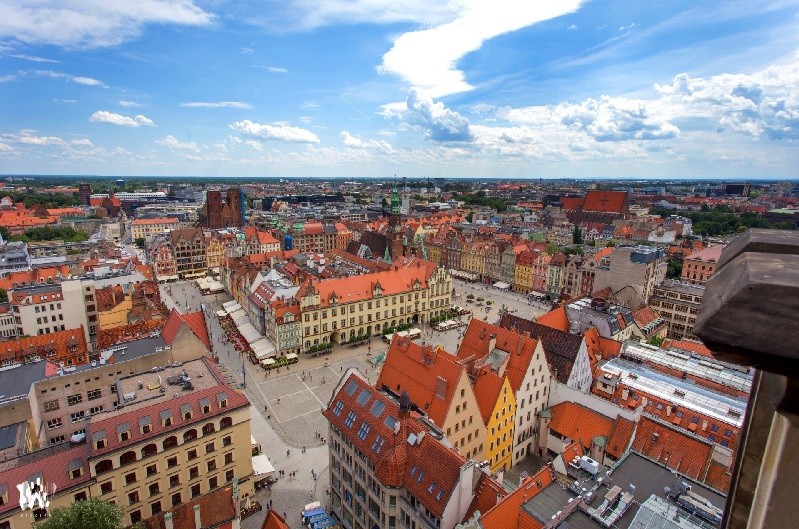
Arrival. Meet and greet at the airport. Lunch. 4 h Wroclaw sightseeing: the Old Market Square, Ostrów Tumski, Wroclaw Archcathedral, steamboat cruise on Oder River. Dinner. Overnight in Wroclaw.

Wrocław is the most interesting and most beautiful city in Lower Silesia. You will start the tour from the Wroclaw Main Market Square. It is one of the largest markets in Europe. It has an area of 3.8 hectares. There are many colorful tenements from different eras, many restaurants, souvenir shops, bookstores .. It is a place that attracts tourists as well as Wrocław residents. The 13th century Main Market Square features the Old Town Hall. Inside is the Museum of Bourgeois Art - a branch of the City Museum and the...
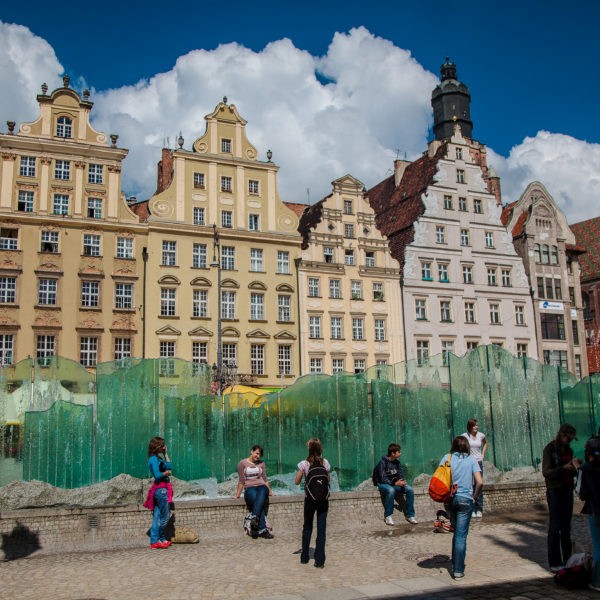
The Old Market Square in Wrocław has almost 3.8 hectare and is one of the biggest old squares in Poland (after Kraków and Olecko) and Europe. It is a rectangle of 213 and 178 meters. In the centre of the square there is a big Town Hall with 66 m tower, which is the biggest in Poland. Around the market there are 60 decorative, historic tenement houses. In the basement of the Town Hall there is Piwnica Świdnicka restaurant. It is one of the oldest gastronomy points in Europe. The Town Hall is currently a city’s museum...
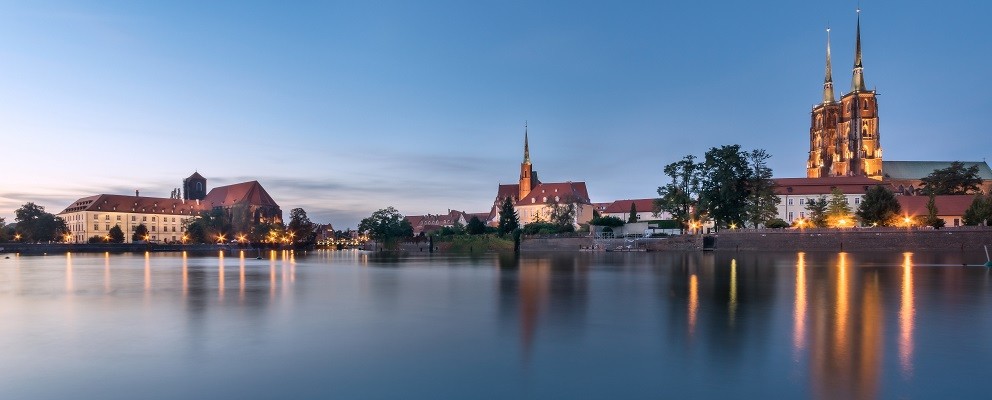
Ostrów Tumski is the oldest, historic part of Wrocław. It was created in the area of crossings on the Odra River, between the estuaries of the rivers - Oława in the south, Ślęza and Widawa in the north. One of the most beautiful monuments of Ostrów Tumski is the Gothic cathedral of St. John the Baptist and the Church of the Holy Cross. A popular meeting place and tourist attraction is the Tumski Bridge between Wyspa Piaskowa and Ostrów, also known as the Lovers' Bridge. The lovers hang padlocks on it as a sign of the...
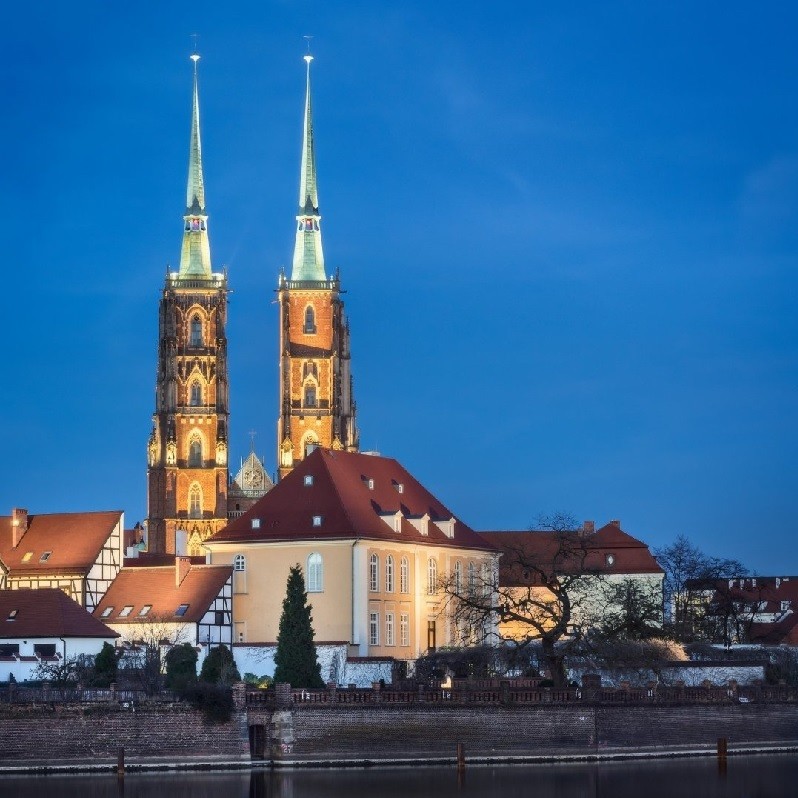
The Cathedral of St. John the Baptist in Wrocław (Polish: Katedra Św Jana Chrzciciela Wrocław), located in the Ostrów Tumski district, is a Gothic church with Neo-Gothic additions. It is the most important temple in Wrocław, the church of the Wrocław Archbishop. A beautiful gothic building, built in the 13th / 14th century as the fifth church in this place (the first Wrocław cathedral was founded by Bolesław Chrobry in 1000), rebuilt after the destruction in 1945. Inside the cathedral there are valuable monuments of ...
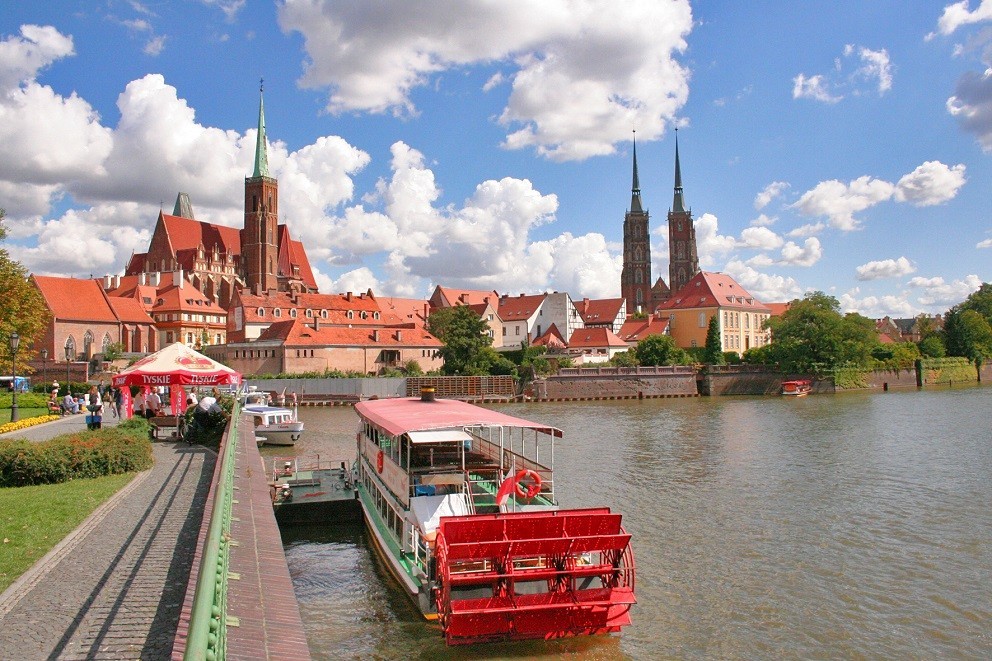
In Wrocław tourists are welcome to take part in passenger steamboat cruises. There are a few possible routes to enjoy on a voyage. Visitors can see places such as The Sand Island, National Museum, Peace Bridge, Grunwaldzki Bridge, Zoo Harbour and many more.
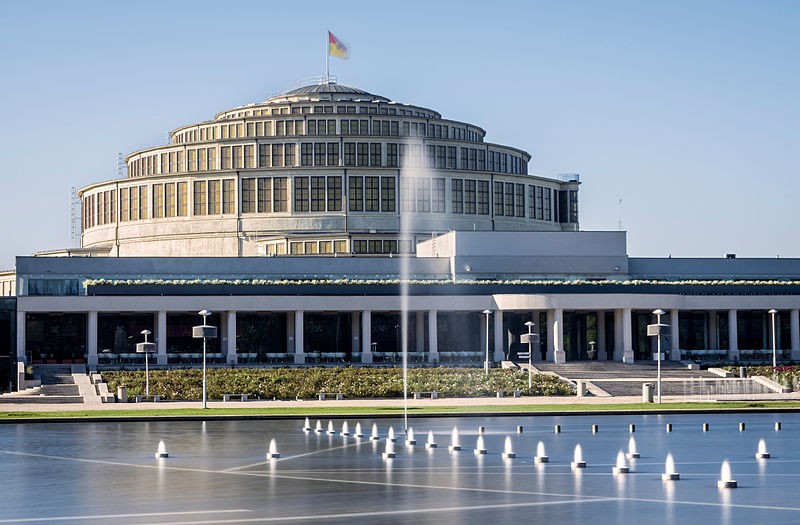
Breakfast. Sightseeing of Wroclaw zoo. Lunch. Sightseeing of Centennial Hall (inside), Four Domes Pavilion (outside) and Multimedia Fountain. Stroll in Japanese Garden. Dinner. Overnight in Wroclaw.
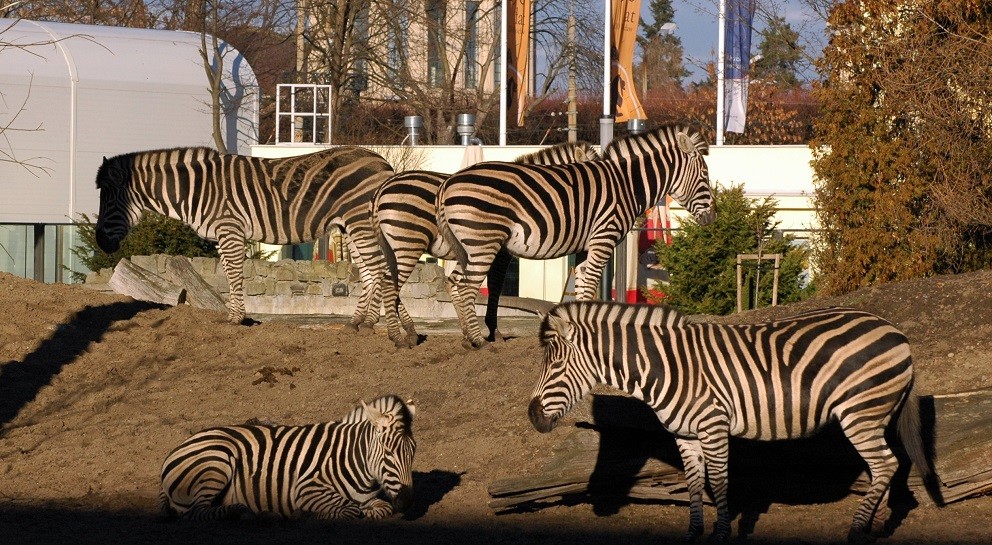
The Zoological Garden in Wrocław is located at 1 - 5 Wróblewskiego Street. It was founded in 1865. There are around 10,000 individuals in the zoo, representing over 1,100 species. In the ZOO in Wrocław visitors can observe animals from all continents and environments, there is, for example, the Pavilion of Madagascar, Sahara and Europe. Moreover, it houses a collection of a number of rare and exotic species such as manatee, okapi, bear cuscus, red hartebeest, Philippine mouse-deer, L'Hoest's monkey, and long-necked t...

Africarium is a part of Wrocław zoo. It was opened in 2014. It is the first oceanarium in Poland and the only one in the world that is devoted to fauna and flora of only one continent. The name of the unit came from coinage of two words Africa and aquarium giving a huge insight into what the whole enterprise is about. Giving some basic numbers, Africarium has 15 000 000 litres of water, there are 21 pools and aquariums where visitors can admire over 350 species of fish. The place on average is visited by 2.5 thousand...

The historic Centennial Exhibition Complex includes Wrocław’s only UNESCO site, the country’s oldest zoo, the tranquil Japanese Garden, the tourist-luring Pergola Fountain and the newly renovated Four Dome Pavilion. It was constructed according to the plans of architect Max Berg in 1911–1913, when the city was part of the German Empire. Max Berg designed Centennial Hall to serve as a multi functional structure to host exhibitions, concerts, theatrical and opera performances, and sporting events, it has a seats for 7 ...
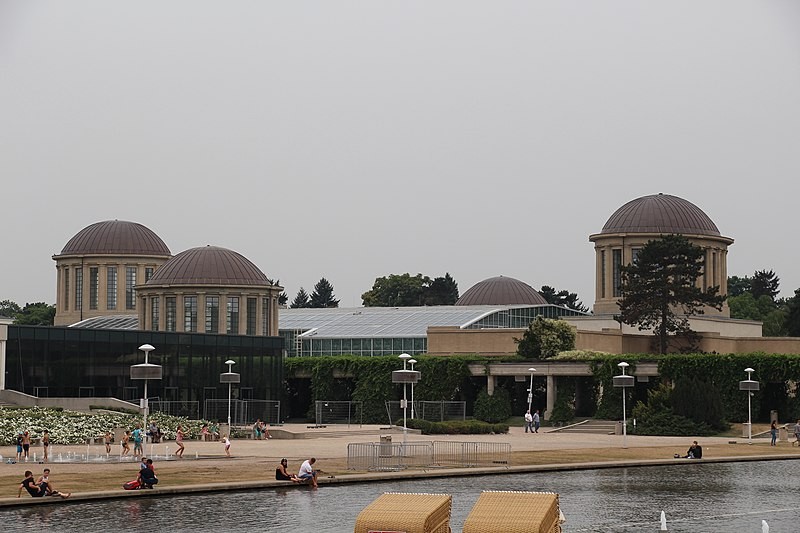
The Four Domes Pavilion (Polish: Pawilon Czterech Kopuł, Wrocław) was built in 1912-1913. It is part of the exhibition complex around the Centennial Hall. On June 25, 2016, the Museum of Contemporary Art, a new branch of the National Museum in Wrocław, was opened here. It presents a collection of Polish contemporary art with the works of the most outstanding artists of the second half of the 20th century and the beginning of our century. The museum's collection includes works by Magdalena Abakanowicz, Paweł Althamer,...
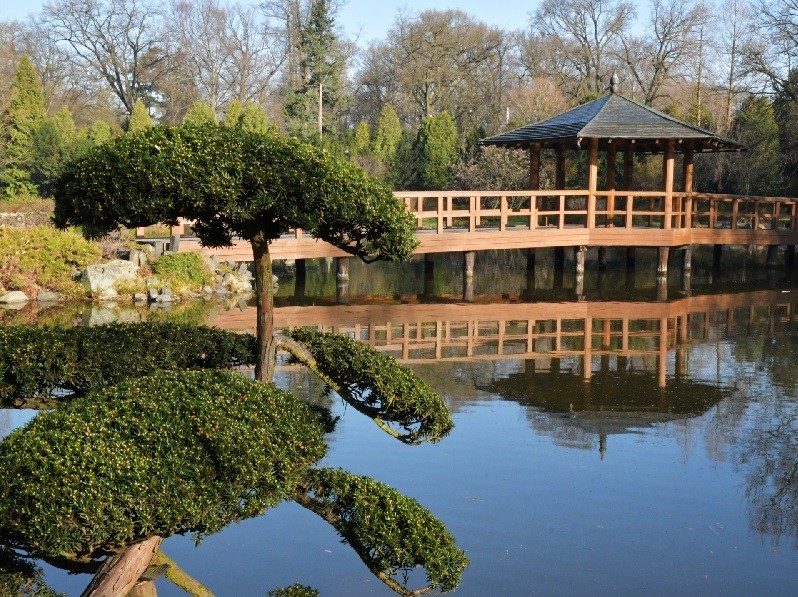
The Japanese Garden was founded in 1913. The initiator of its construction was Count Fritz von Hochberg, who engaged the Japanese gardener Mankichi Arai. Currently, it is one of the most popular places for walking and relaxation in Wroclaw. This garden is a combination of several types of Japanese gardens: public, water, associated with a tea ceremony and a rocky beach. Almost 270 taxa of woody plants have been gathered in the garden. By 2009, 78 species of Asian plants had been collected in the garden, including 38 ...
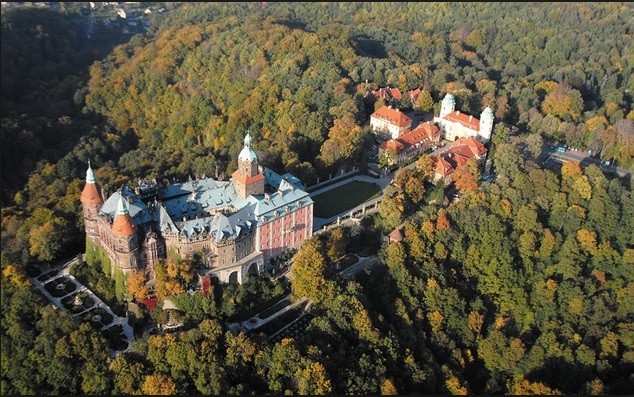
Breakfast. Transfer to Książ Castle with a short stop at Świdnica Peace Church. Sightseeing of the castle, gardens and stables. Lunch. Transfer to Szczawno Zdrój, stroll in the resort park and the historical pump room. Return to Wroclaw. Dinner. Overnight in Wroclaw.

The church in Świdnica is situated about 53 km from Wrocław (about 1 h 10 min drive). It is made from wood and incredibly was erected only within a year of 1957. It is the biggest wooden Protestant church and with the area of 1090 square meters, it can gather 7 500 believers. The interior of the church has a Baroque style. The most dominant interior items include the 18th century altar piece, pulpit and organs. The church is encircled by lodges, among which Hochberg lodge is the most distinctive. The church is situat...
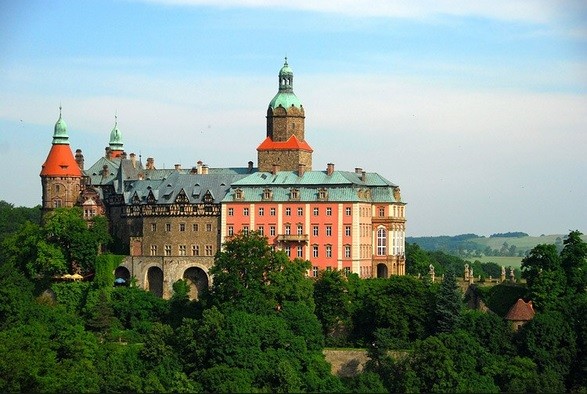
Książ Castle is especially interesting as it joins older history, as the construction started in the 13th century, and more recent history as it was largely changed during WWII. If you enjoy conspiracy theories of the human civilization, there is no other such place like Książ as digressions about Hitler purposes for Książ are numerous. During sightseeing of the castle, you will be able to see lots of alternations introduced by Nazi Germans. Apart from the Castle itself it is worth to stroll in the Książ gardens desi...
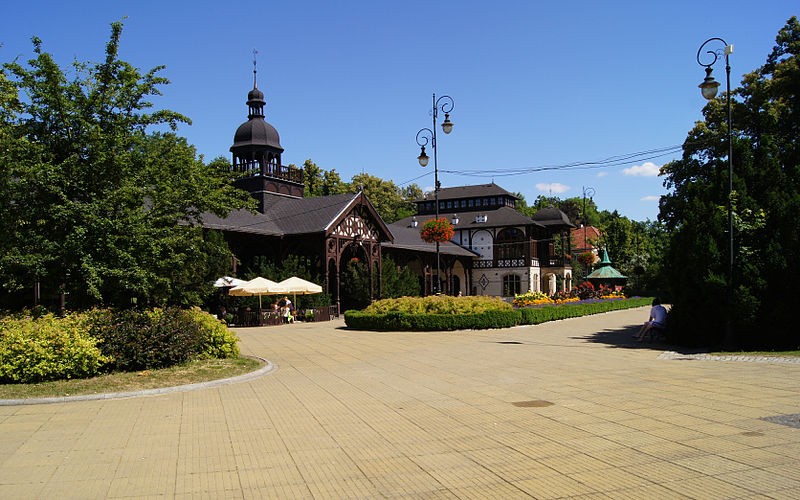
The first Mineral Water Pump Room was built around 1820. It was a spacious hall, in the middle of which there was a deeper well, surrounded by a wooden railing. Mineral water was collected with a glass bucket attached to a long stick. Currently, the building of the pump room is one of the most characteristic objects of the health resort in Szczawno-Zdrój. After tasting four types of water in the pump room for a small fee, the hall connected to it allows visitors to walk and rest under a roof that protects against rai...
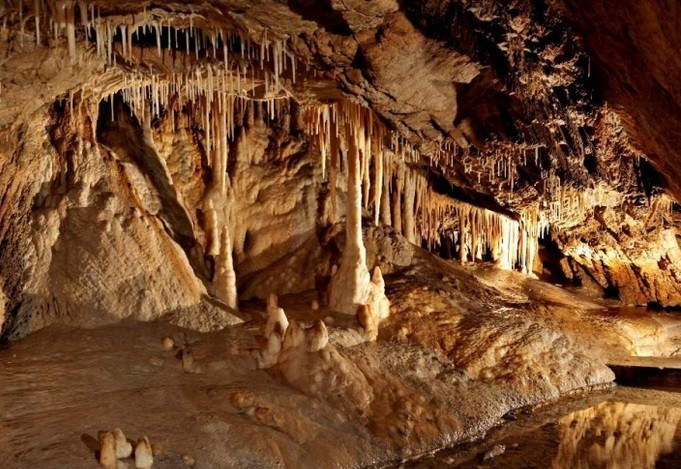
Breakfast transfer to Miedzygórze and Wilczki Waterfall. Next, transfer to the Bear Cave and sightseeing. Transfer to Czarna Góra lunch and taking a chair lift to Czarna Góra summit, admiring mountainous panorama. Transfer to Polanica Zdroj, short walk to Polanica resort park and the mineral water pump room. Dinner. Overnight in Polanica Zdroj.
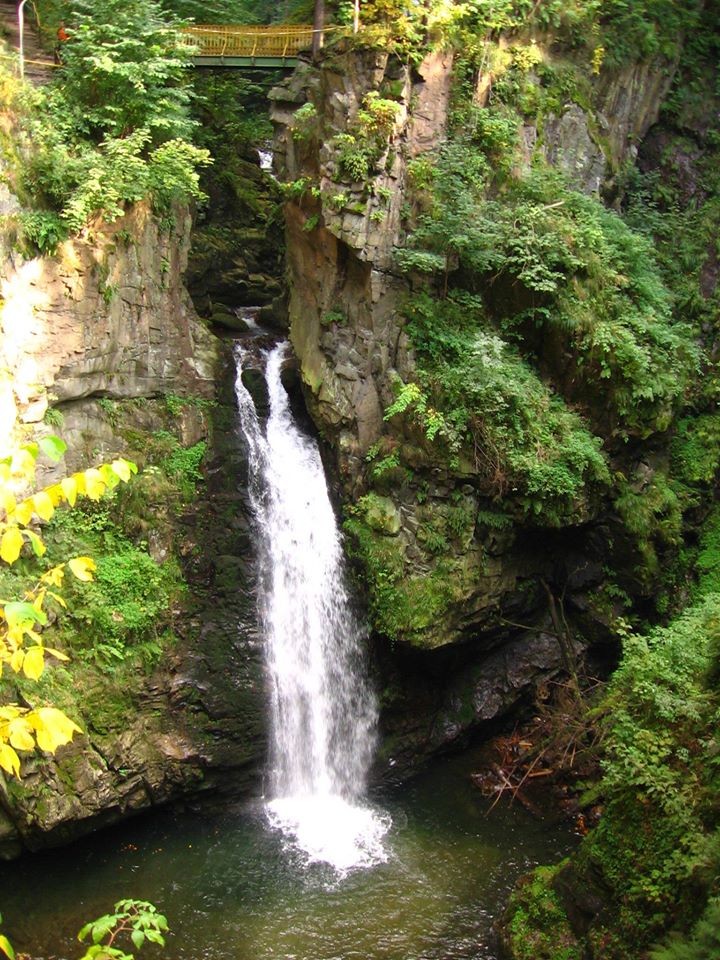
A nature reserve with the waterfall Wilczki is located in Kłodzko Basin by the entry way to Miedzygórze (32 km from Kłodzko, about 30 min drive). The waterfall is situated in tectonic fault at 570 m above sea level, and the water of Wilczka river falls 22m down to the pond and then the river continues its journey through gorge which walls are even up to 25 m high. Above the waterfall there is a bridge and around it there are paths, steps and terraces to enable tourists viewing it from all sides. A parking lot is only...

The Bear Cave (Jaskinia Niedźwiedzia) is the biggest cave in Sudetes. The complex is located by the Kletno village just by a marble quarry. The cave is constantly explored by the speleologists and the new tunnels and chambers are still found. The cave has about 4 km of tunnels at 3 different levels. Tourists can visit about 700 meters of it. The sightseeing takes about 45 minutes. The temperature in the cave is 6 Celsius degrees and humidity is 100%. For all those who are really into speleology there is possibility o...
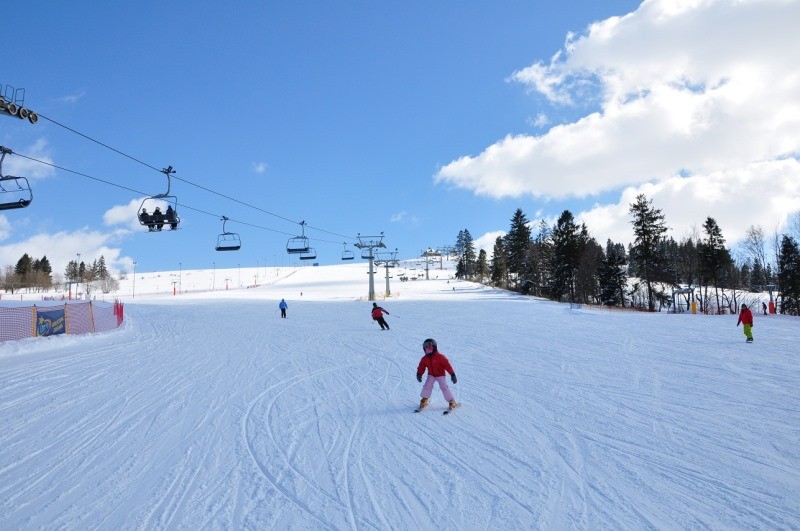
Czarna Góra Resort (Polish: Ośrodek Narciarski Czarna Góra Resort) is a year-round mountain resort located in the picturesque Śnieżnik Massif. In summer, it is a real paradise for cyclists and lovers of mountain hiking. In winter, it is one of the best ski resorts in the country, presenting excellent ski and accommodation infrastructure. Skiers have at their disposal, apart from the ski lifts, two 4-person cable cars and the most modern and fastest 6-person cable car in Poland, which was put into use in the 2016/17 s...

Polanica-Zdrój is a beautiful spa town in the Lower Silesia Province, located in the central part of the Kłodzko Valley near Kłodzko. The history of Polanica as a health resort began in 1828, when Józef Gromls started to exploit the springs, built a small pump room and wooden bathrooms. At that time, there were five mineral water springs, and two were exploited - "Józef's Spring" and "Jerzy's Spring". In 1904 the exploitation of the "Wielka Pieniawa" spring began. A comfortable spa house with modern hydrotherapy devi...
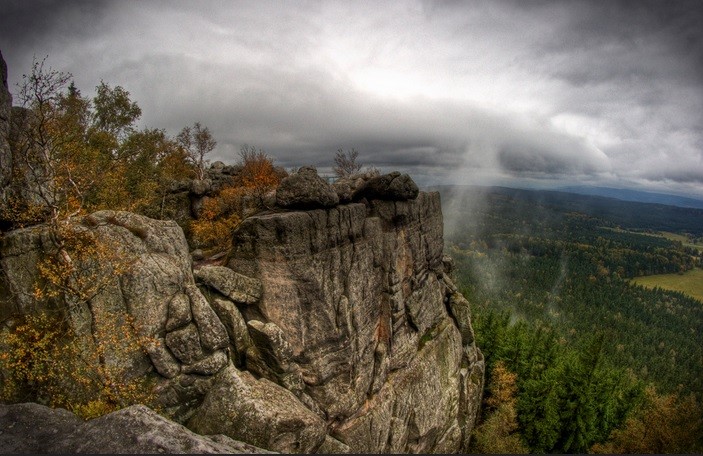
Breakfast. Transfer to Szczeliniec Wielki in Table Mountains National Park. Sightseeing. Next, transfer to Bledne Skaly and sightseeing. Transfer to Kudowa Zdroj, lunch and resort town sightseeing including scull chapel. Return to Polanica Zdroj. Dinner. Overnight in Polanica Zdroj.
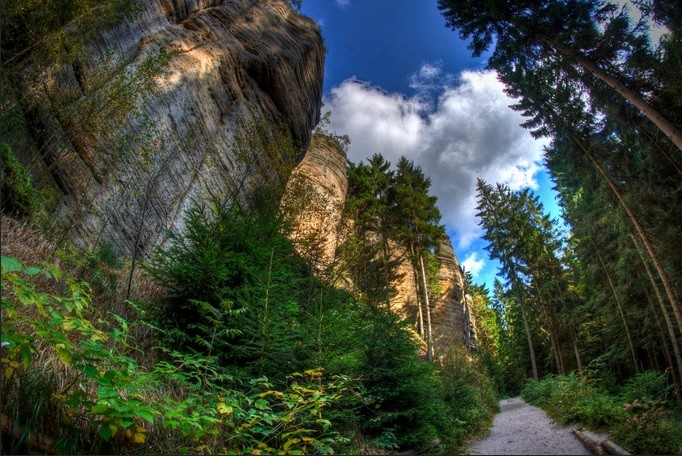
Table Mountains National Park (Polish: Park Narodowy Gór Stołowych) was created in 1993 to protect the middle part of Sudetes with the area of 63 km2. The highest points in the park include Szczeliniec Wielki (919 m above sea level) and Skalniak (915 m above sea level). Table mountains are famous for unique lie of the land in shape of “flat tables”. The main magnets for tourists are rocks in fanciful shapes such as “rock city” in Szczeliniec Wielki, Błędne Skały labyrinth, rock mushrooms Skalne Grzyby, Radkowskie Roc...
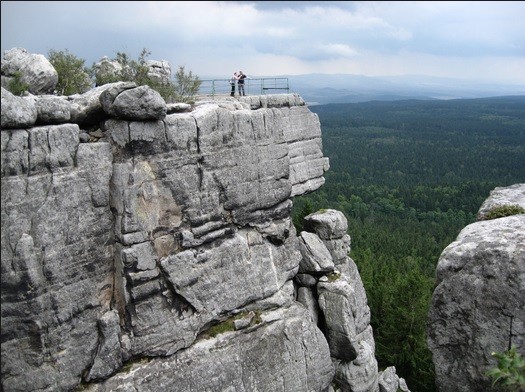
Szczeliniec Wielki (919 m above sea level) is the the part of the range which is called Table Mountains (Góry Stołowe) because of their flat shape. Climbing to the summit (665 steps) takes a little bit of effort but it is not very difficult and is popular among families with children. The climb takes about 30 to 40 minutes. Still, the panorama at Szczeliniec compensates the strain. The flat top of the mountain creates a natural labyrinth with revines as deep as 18 m. In the labyrinth corridors there is special microc...
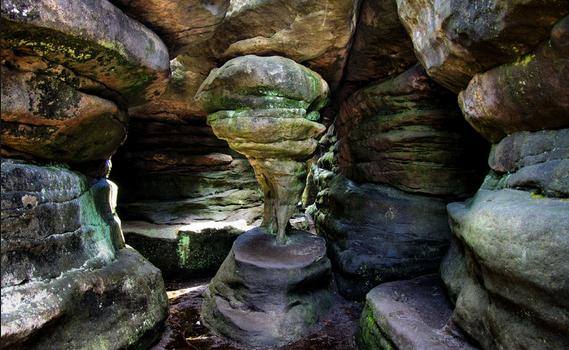
Errant Rocks (Polish: Błędne Skały) is located at 853 m above sea level and has an area of 21 hectares. The rocks are here about 6 to 11 meters high. Unlike in Strzeliniec, you don’t need to climb here or walk with a guide. In Błędne Skały we move on our own like in real rocky labyrinth. We don’t recommend using here huge sport rucksacks as it may be difficult to move with them. The trail has a few hundred meters and sometimes the tourists have to squeeze through very small rock crevices. The sightseeing of Błędne Sk...
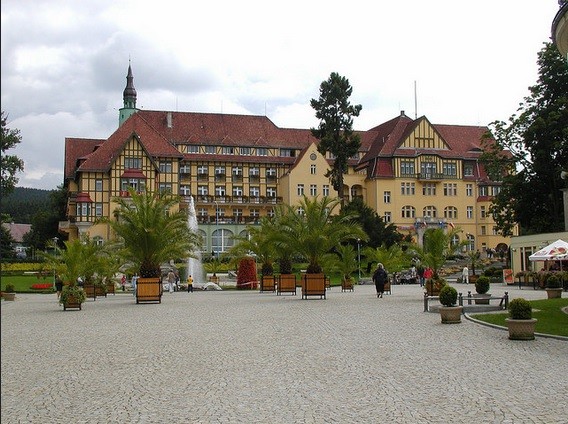
Kudowa Zdrój town is one of Kłodzko Valley spa towns. Kudowa is situated about 125 km from Wrocław which means about 2:15 h drive. It is situated just by Poland and Czech Republic border just by Table Mountains (Góry Stołowe). It is one of the oldest health-resorts in Europe. Healing highly carbonated natural mineral water was discovered here in the 17th century and the first baths were created as early as 1636. Thanks to this long baths tradition Kudowa Zdrój can boast amazing historical buildings. Another popular a...
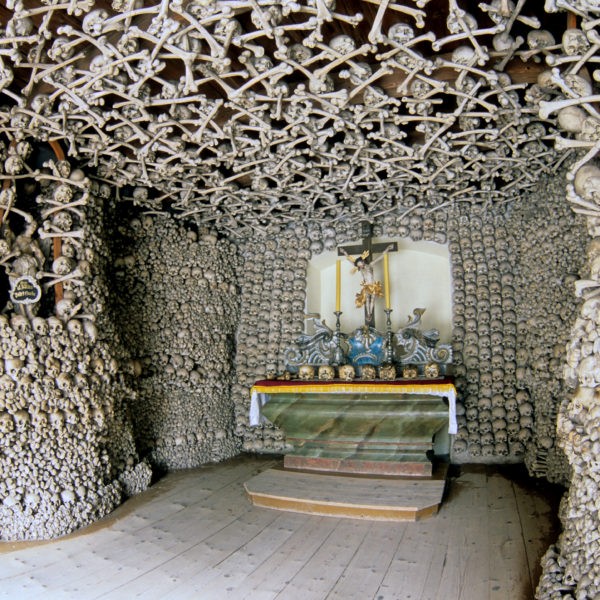
Skull Chapel in Czermna is located about 130 km from Wrocław (2h drive). It was created between 1776-1804 when the local parish priest by accident found a mass grave. For the following 20 years, he with a local grave digger collected human remains that didn’t have proper graves. The walls of this extraordinary chapel are covered with 3 thousand tightly arranged human skulls and bones. The remnants of the people who were victims of wars and epidemics which were their direct result. In the crypt under the chapel there ...

Breakfast. Transfer to Karpacz. Taking a chair lift to Kopa below Sniezka Summit. Trekking to Strzecha Akademicka and Samotnia mountain shelters and finally to Wang Church (mainly calm downward stroll). Lunch in one of the shelters. Free time in Karpacz town. Transfer to Szklarska Poreba. Dinner. Overnight in Szklarska Poreba.
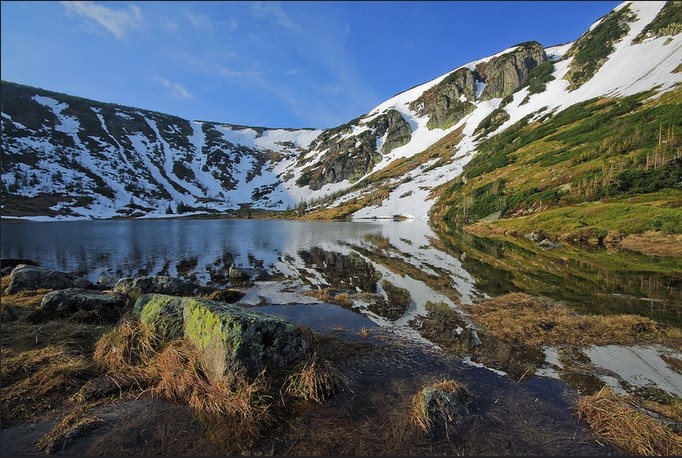
Karkonoski National Park was created in 1959. Currently, the area of the park is 5580 hectares and it covers the Main Range of Karkonosze (part of Sudetes). The park has also 2 enclaves Chojnik Mountain and Szklarka Waterfall. The alpine and subalpine levels of the range are under strict protection of the park. The buffer area of the park has 11 266 hectares. The main aims of Karkonoski National Park include protection of Karkonosze range ecosystem, promotion of economical development of the region and education. The...
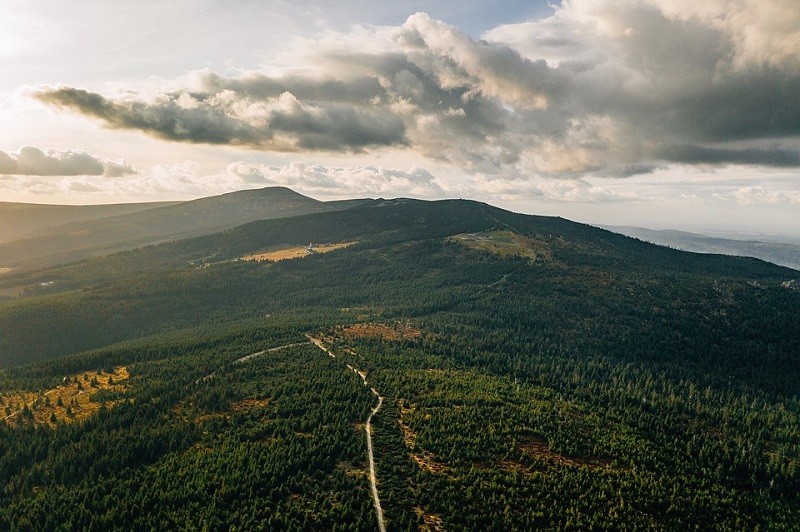
Karpacz is one of the most famous tourist destinations in the entire Lower Silesia region. The city is located at the foot of Śnieżka, which is the highest peak not only in the Karkonosze Mountains, but also in the entire Sudetes. Karpacz is an extremely popular holiday destination both in summer and winter. There are many hiking trails here. The main mountain attraction is the mountain peak - Śnieżka. At the top there is a 17th-century chapel dedicated to Saint Lawrence, the patron saint of all guides. The High-Moun...
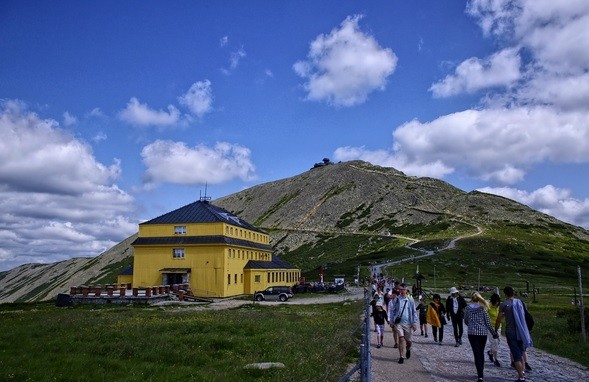
Śnieżka peak (Snow Ball) in the Sudetes range is 1602 m above sea level. The Tatra mountains were created during the Alpine orogeny, the same one which created the highest mountains in the world e.g. Europe – the Alps, Asia – the Himalayas. The Sudetes are older as they were created during the earlier Hercynian orogeny. It means that these mountains have had more time to be “spoiled”. This is the reason why these mountains are lower and their slopes are not that steep. Although, Śnieżka is the highest peak in the Sud...

Solitude Mountain Shelter (Polish: Samotnia) is located at Mały Staw (Small Pond) bank, which is a perfect, picturesque location (the pond isn’t small at all it is 255 m long and 185 m wide). The tradition of the hostel in this area is very long. The first notes about the house here come from 1670. Getting to the hostel from Wang temple takes about 1 hour walking along blue tourist trail. The hostel is located more or less in the middle of the journey from Karpacz to Śnieżka summit. It is located at 1195 m above sea ...
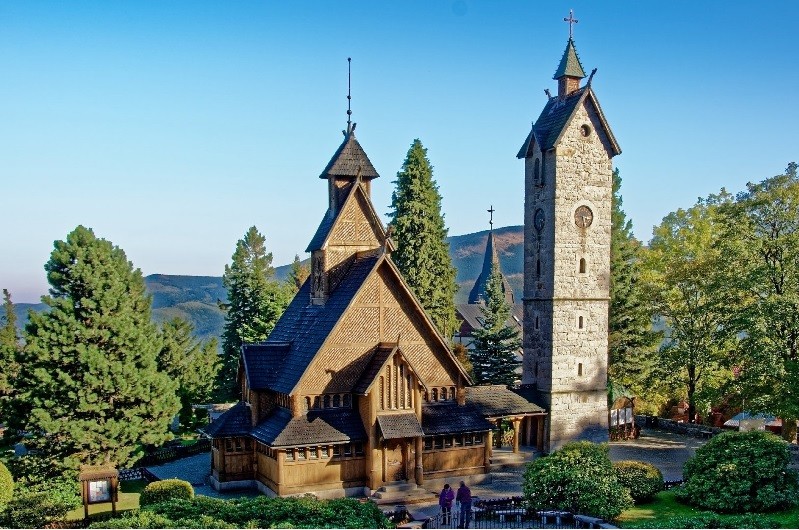
Wang Temple - The official name of this building is Mountain Church of Our Saviour and it is an Evangelical Church. The church was brought to and rebuilt in Karpacz in 1842 from Norway where it was built at the turning of 12th and 13th century. Nowadays, it is a huge touristic attraction because of its shape and built. The wooden construction of the church was built in the same way as Viking boats entirely without the use of nails. The church is decorated by fantastical carvings and sculptures.
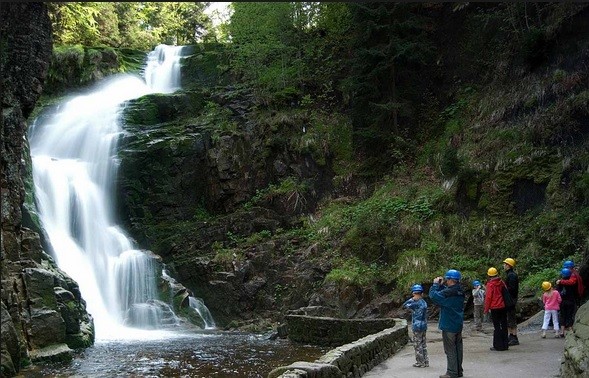
Breakfast. Transfer to Szklarki Waterfall and sightseeing. Taking the chair lift to Szrenica Summit short break in the mountain shelter. Descend along the red trail back to the town (mainly calm descent). Sightseeing Kamienczyk Waterfall along the way. Lunch. Transfer to Wroclaw. Dinner. Overnight in Wroclaw.
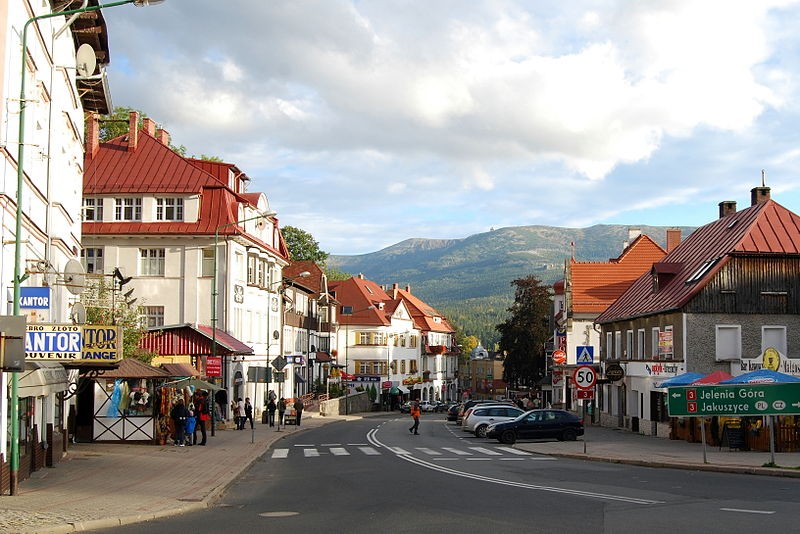
Szklarska Poręba is a place where two mountain ranges meet - the Jizera Mountains and the Karkonosze Mountains. In addition, the village is located at the foot of Szrenica - a peak in the Karkonosze Mountains - which towers over the area. There are also two high waterfalls, the Karkonosze Kamieńczyk and Szklarki. An extensive and diverse accommodation base and numerous attractions make Szklarska Poręba an attractive place for tourists.
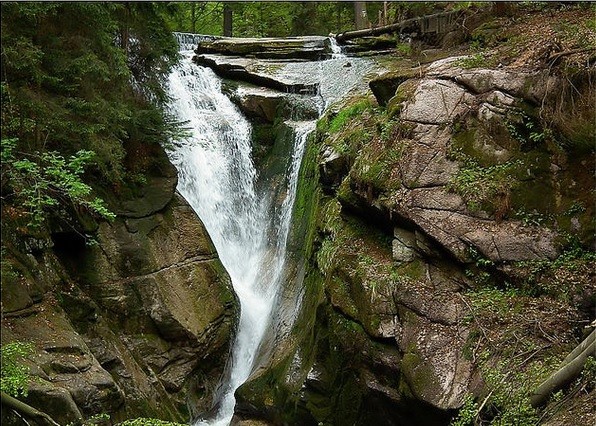
Szklarki Waterfall is easily accessible, as you can almost park your car by the waterfall. It is also available for disabled people on wheelchairs. After Kamieńczyk it is the second largest waterfall in Sudetes, as it is 13.3 m high. Just by the waterfall there is a mountain hostel ‘Kochanówka’ and a viewing deck, where you can have a meal and admire water. The waterfall is situated in a pretty mixed forest. From Szklarska Poręba you can get to Szklarki Waterfall by car within 15 minutes. The distance is only 2.5 km.
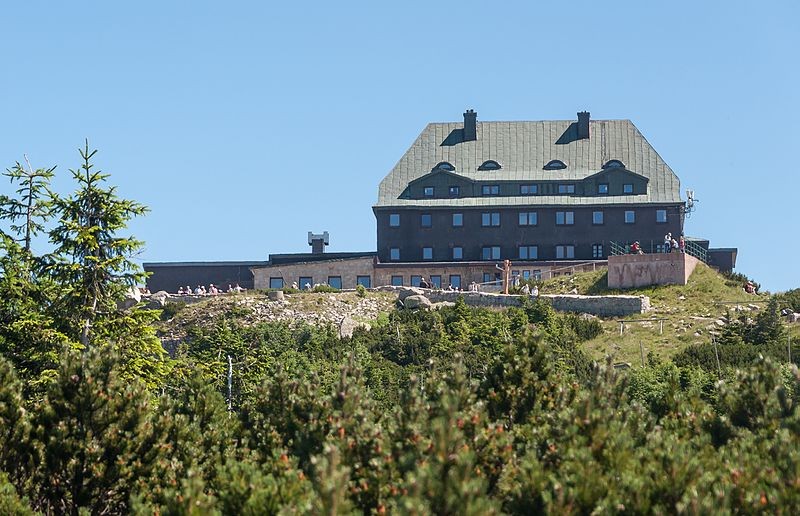
Szrenica Ski Lift runs through the Karkonosze National Park. It operates as part of SkiArena Szrenica. The Szrenica chairlift is open all year round. It consists of two sections - "Szrenica I" and "Szrenica II". Szrenica I 2-seat chairlift with a length of 1417 m, capacity is 1436 persons / h, and the difference in levels is 174 m. Szrenica II 2-seater chair lift with a length of 1341 m, level difference - 429 m, capacity 1437 persons / h. This is the easiest way to get from Szklarska Poręba to the Silesian Ridge.

The height of the waterfall Kamieńczyk is 27 meters. The additional attraction of the waterfall is that it falls directly to the Kamieńczyk gorge, which is very picturesque. The gorge has about 100 meters length and its vertical walls have up to 24 meters. Still, in some places it is note very wide, as it has about 4 m in the narrowest parts. As some small parts of the rocks tend to fall into the gorge the most dangerous rocks are covered in a bribe net for protection and all the tourists receive safety helmets, whic...
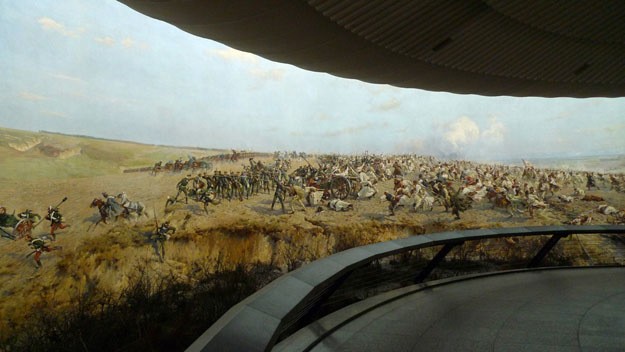
Breakfast. Transfer to Racławice Panorama and sightseeing. Free time in Wroclaw centre. Transfer to the airport. Departure.
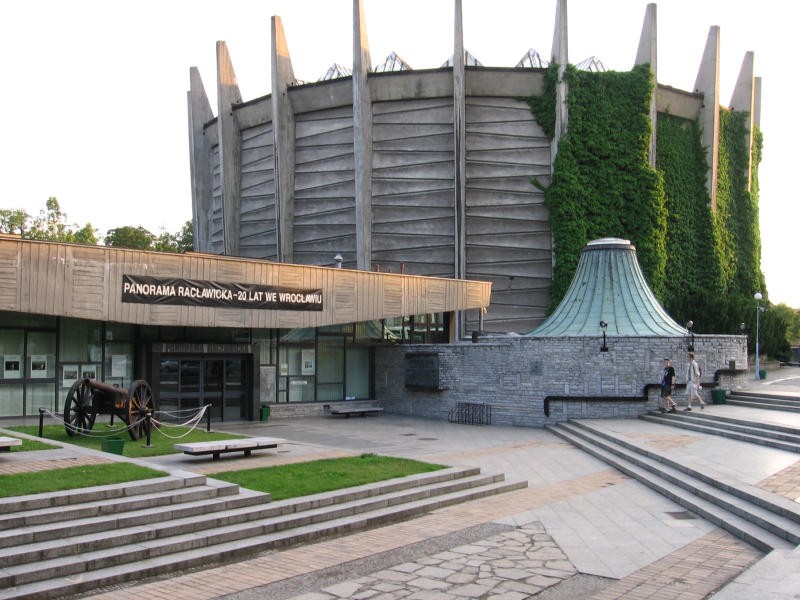
Racławice Panorama is 140m-long canvas that depicts the legendary General Tadeusz Kościuszko's victory over the Russian forces at Racławice in 1794, and took just over nine months to complete. Painters Jan Styka and Wojciech Kossak wanted to create a monument to Polish national spirit. Their work, displayed in a rotunda built especially for it, is a popular - and financial – success. Today school groups and hordes of others file in daily for a 30-minute taped lecture on the painting and its history. Headsets with com...
Tour leader, local guides, driver
Wroclaw Archcathedral, steamboat cruise, Wroclaw Zoo, Centennial Hall, Japanese Garden, Świdnica Peace Church, Książ Castle, Szczawno Zdrój Pump Room, Wilczki Waterfall, Bear Cave, Czarna Góra Chair Lift, Pump Room Polanica, Szczeliniec Wielki, Błedne Skały, Scull Chapel, Chair Lift Kopa pod Śnieżką, Wang Church, Szklarki Waterfall, Kamieńczyk Waterfall, Szrenica Chair Lift, Raclawice Panorama
Coach, steamboat, chair lifts
Airport and hotels for sightseeing trips
Airport and hotels for sightseeing trips
English or other on request
Round tour
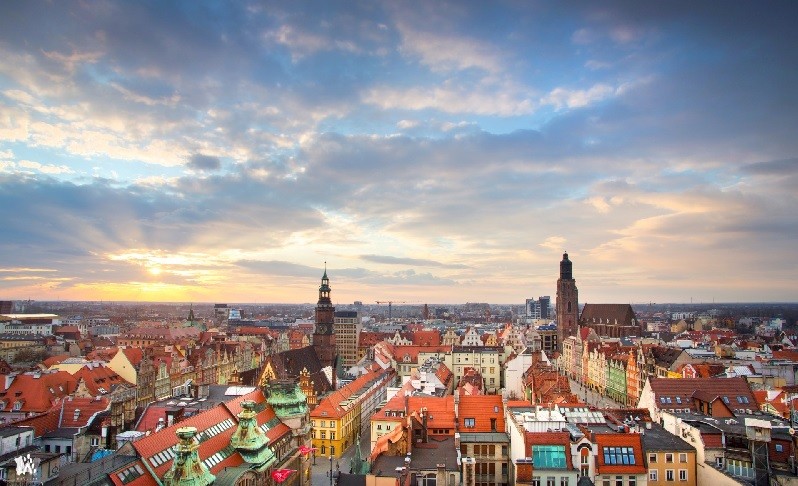
Cracow is the most popular tourist destinations in Poland with multitude of monuments, the biggest market square in Europe and full of UNESCO World Heritage attractions. On the other hand, Wrocław, the biggest city and the capital of Lower Silesia...
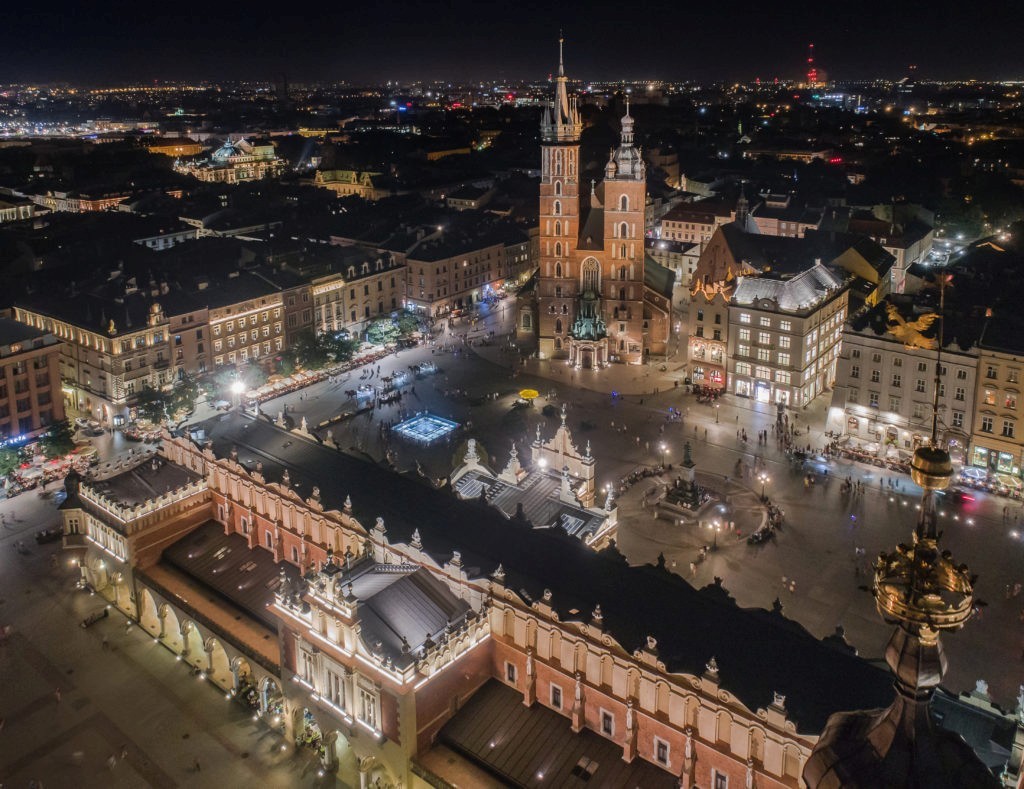
Discover Poland and its main attractions in the biggest cities of Warsaw, Kraków and Wrocław. Warsaw is the capital of Poland and the well known political, administrative and economical heart of the country. Kraków, the former capital is often cal...
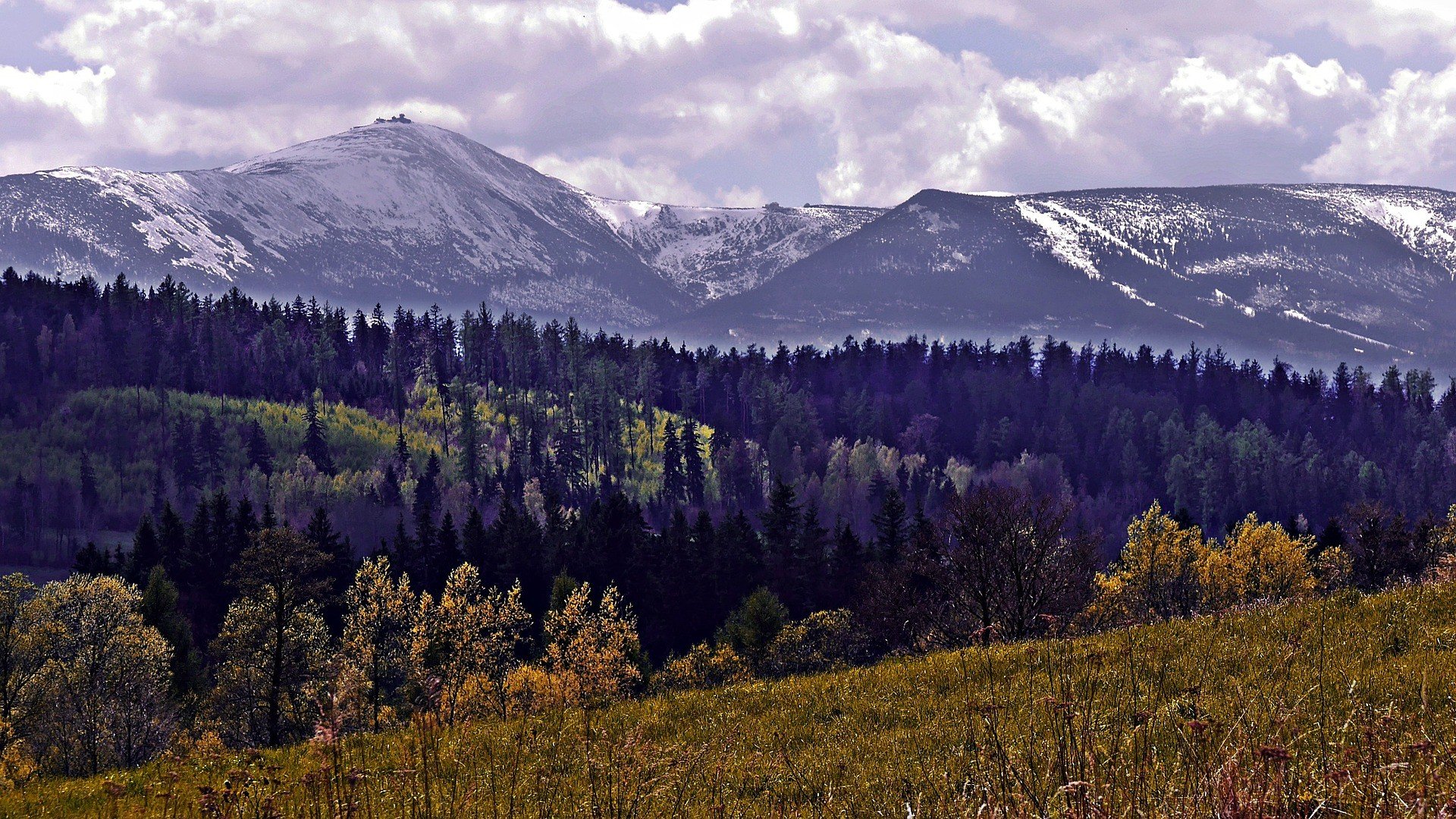
Are you a mountain trekking fan but not a sportsperson and you would like to spend fun but not too challenging mountain holidays? Check ITS Poland trip for school groups and tourists with average fitness level. Discover majestic beauty of Sudetes ...
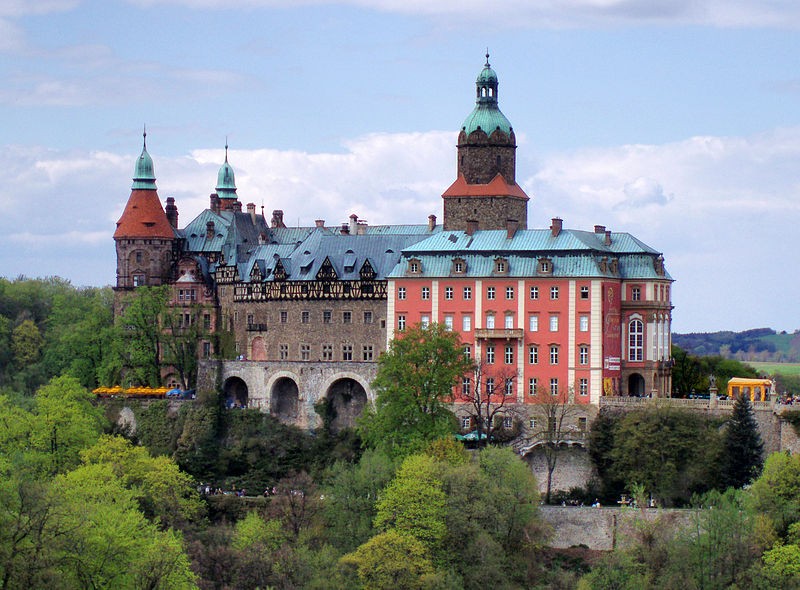
Lower Silesia region has a very interesting history and culture. Currently, one of the crucial Polish region, with so called Polish Silicon Valley, historically was mainly under Germans influences. The multitude of castles and palaces, unusual wav...